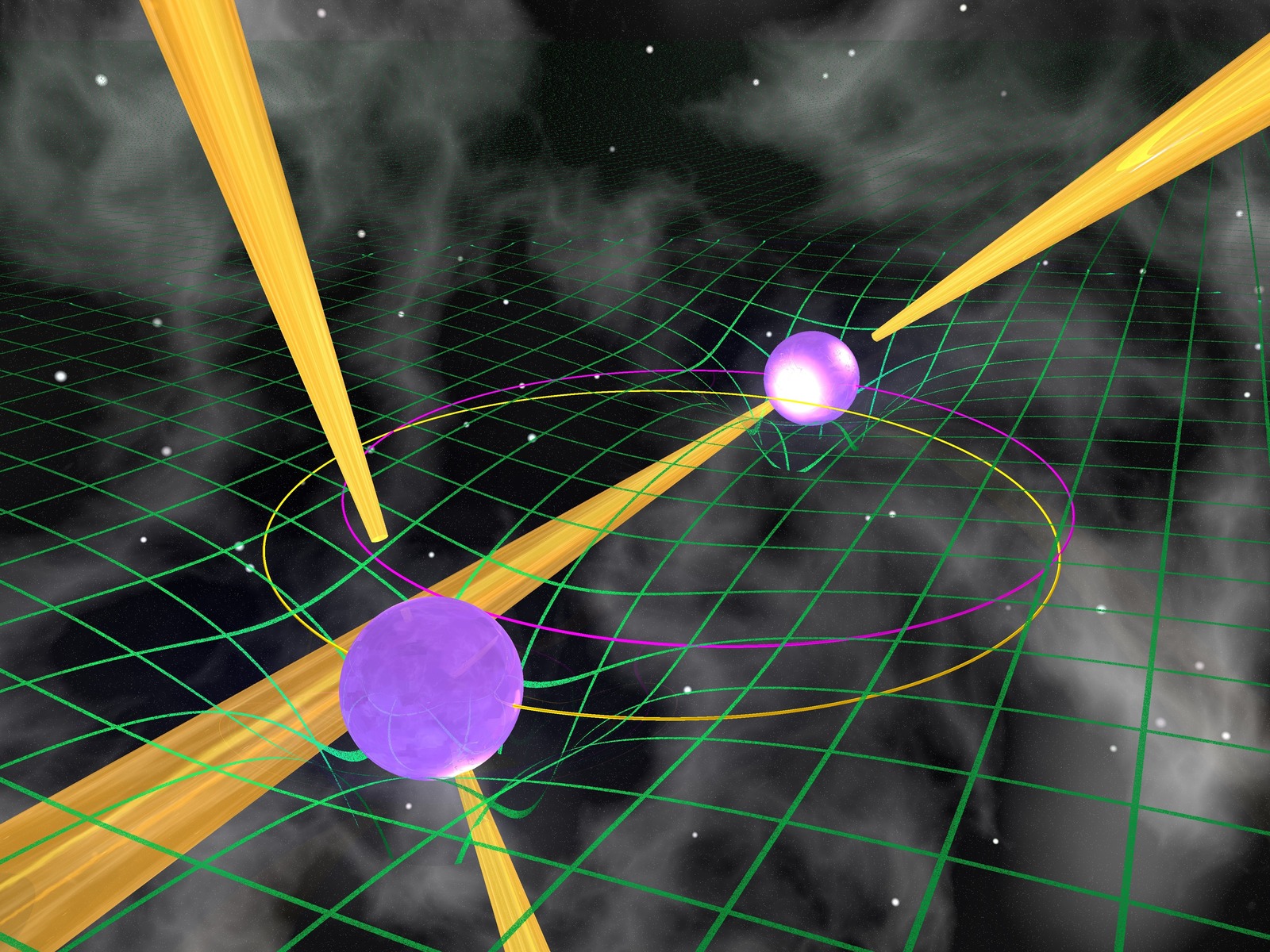A while ago, I was watching one of the StarGate TV shows, and I saw something I hadn’t heard of before: a pulsar. This was a star with characteristics that made it resemble a sort of cosmic lighthouse. This caught my ever-fleeting attention, so I Google searched “pulsar.” After some research, I was left wondering why I wasn’t made aware of its existence earlier. Pulsars provide data relevant to the cutting edge of physics research and future space exploration. I also thought it would be a shame to leave other people in the dark, so here we are.

X-ray image of the Crab Nebula, showing the surrounding pulsar wind nebula and central pulsar. Source: http://hubblesite.org
A pulsar is a super dense, speedy, highly magnetized, rotating neutron star or white dwarf. It emits a beam of electromagnetic radiation that can be observed from Earth, akin to the way the beam from a lighthouse can be seen by a ship. These stars have short, regular rotational periods that produce precise intervals between pulses. The periods range from milliseconds to seconds. The pulsars are like very hot metronomes. These properties of pulsars lead to some interesting applications.

A Black Widow pulsar. Source: https://svs.gsfc.nasa.gov/
Time Keeping:
Some millisecond pulsars are even more precise than an atomic clock. Pulses from these pulsars are used as a Galactic Clock. The first pulsar clock, stationed outside St Catherine’s Church, Gdańsk, Poland, was the first clock to count time using a signal source outside the Earth. Being able to read time from far away leads to further applications, such as NASA’s development of a GPS-like capability for the galaxy.
Relativistic Demonstrations:
Discrepancies in an incoming pulse, such as Doppler Shifts and timing variations, provide a view into the pulse’s journey through space-time. Some pulsars, called binary pulsars, rotate around a neutron star. This leads to a decrease in the orbital period, as the two stars spiral around and inward towards each other. This decrease can be attributed to energy loss due to the emission of gravity waves, another important subject in modern physics. The rate of energy loss can be calculated using Einstein’s general relativity. Also, if there happens to be a black hole messing up space-time between us and the pulsar, there could be some interesting data to be gathered and knowledge on the inner workings of the Universe to be gained.
Gravitational Wave Detection:
As mentioned earlier, multiple millisecond pulsars form a Galactic Clock, as well as a solid map when comparing their distances to our Sun. Any disturbance in this clock can be detected an measured. Any unsuspecting gravitational wave passing by will project a signature across the pulse web, thus being detected. This is an alternative to the extremely sensitive detectors needed to detect the minuscule amplitude of gravitational waves.
Pulsars have uses which are relevant to the cutting edge of physics research. They provide perceptible evidence of otherwise difficult to detect phenomena and allow us to more accurately map and learn about the universe. This expands both the knowledge of humanity, and humanity’s ability to explore space. On top of that, they’re aesthetically pleasing. I think that they would be a great way to increase the population’s interest in Physics.
By: Alex Ponomarov

